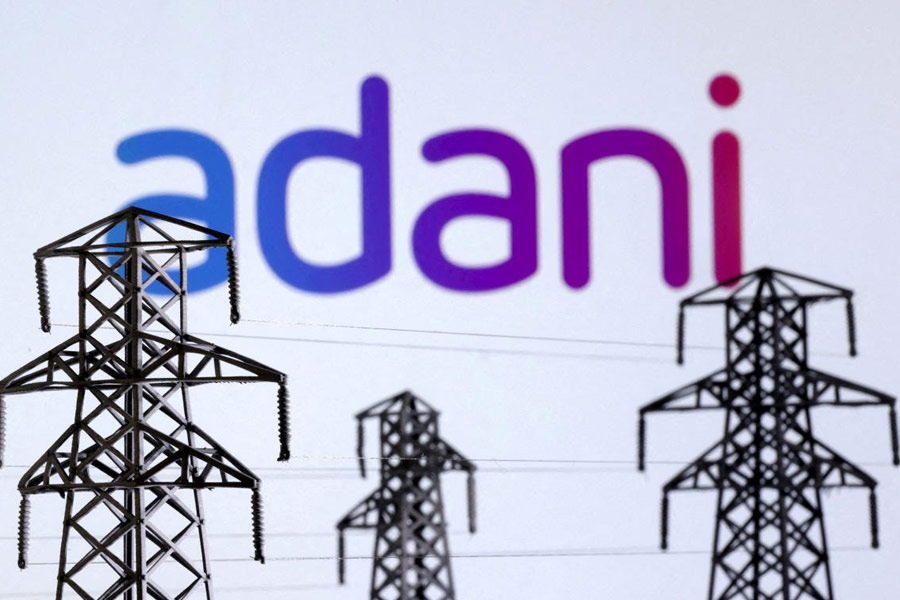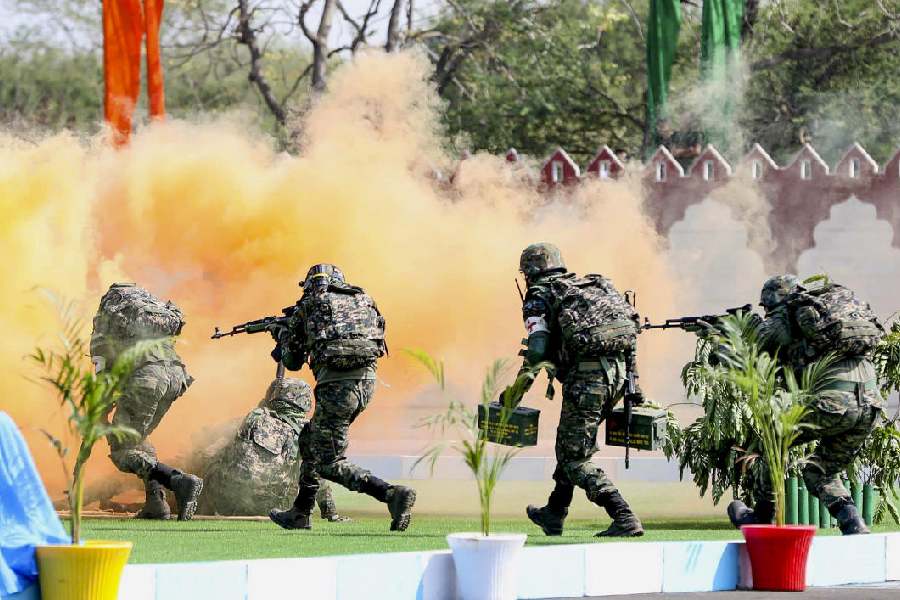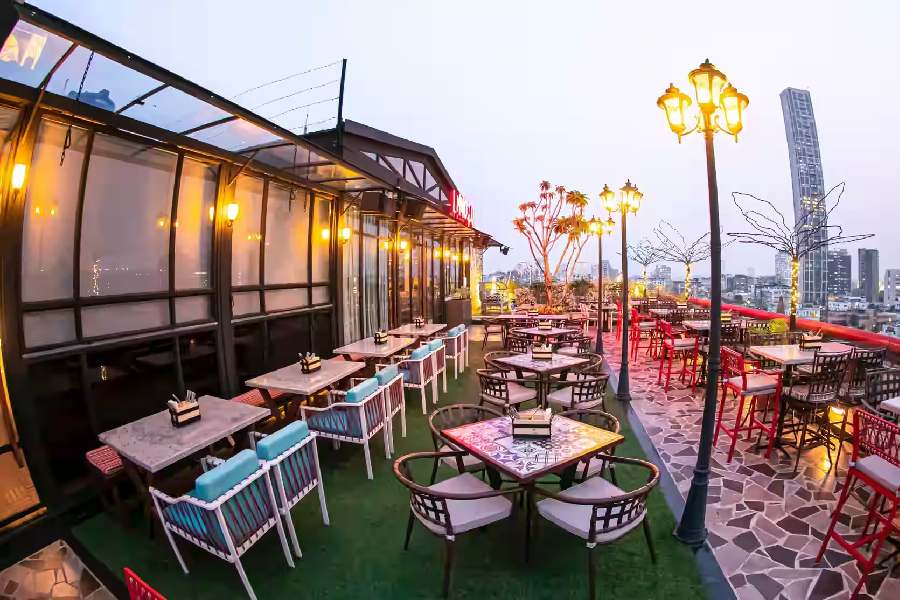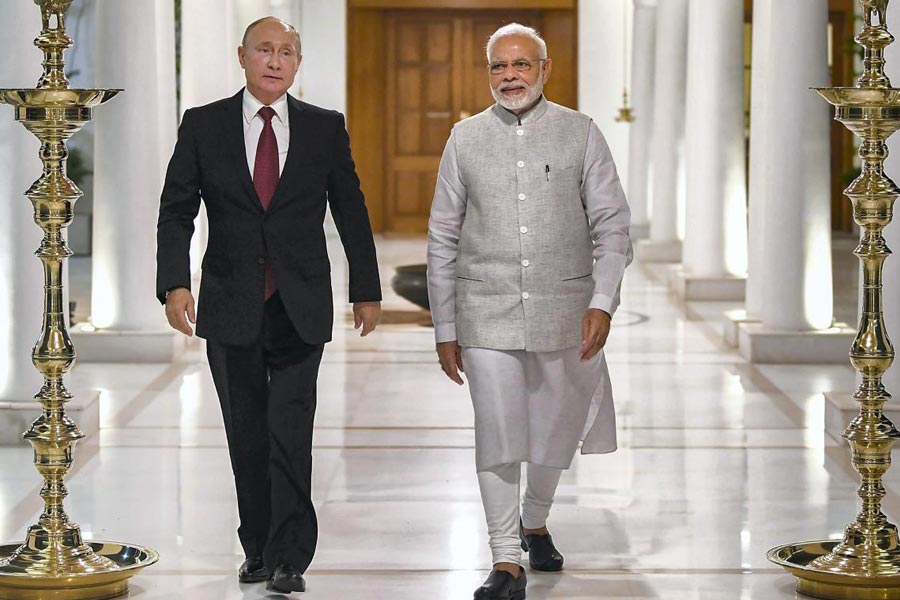 |
Bhubaneswar, May 7: Commuters are raising questions about the utility of the location of new bus bays for city buses only on one side of the road.
“There are bus bays on one side of the road, but not on the other. How can one know where these buses will park on the opposite side of the newly-constructed bays?” asked government employee Jyoti Sethi.
Engineering student Subhakanta Swain said the authorities should have coordinated the work from the beginning and developed bus bays on either side of the road. He said it would be difficult to cross the roads to get to the other side as many major stretches, such as the Airport-KIIT Square stretch and the Vani Vihar-Master Canteen stretch, which had been converted to one-way roads, had no zebra crossings or foot overbridges. As these basic elements of traffic management were absent, construction of bus bays on only one side of the road would pose a problem for commuters.
For example, while there are three bus bays under construction from Master Canteen to Vani Vihar Square, all of them are on the left-hand side of the road.
Similarly, while one bus bay is on the left-hand side of the stretch from Acharya Vihar to Ekamra Square near Red Cross Bhavan, there is only one near the Regional Institute of Education on the left-hand side.
On the other hand, there is not a single bus bay on the stretch from Ekamra Square to the Regional Institute of Education.
On Bidyut Marg and beyond, while two bus bays are under construction on the stretch from Kalinga Stadium to Jayadev Vihar, there is no bus bay on the other side. Commuters will have to cross the entire stretch on the busy road to get to the bus bays once they start operating.
Engineers of the executing agency, the public works department (PWD), said the organisation was only the executer of the 30 bus bays under construction in the first phase out of the 55 needed for the city bus service, and it was the Bhubaneswar Municipal Corporation (BMC) that had earmarked the places where the bus bays were to be built.
Depending on the location and surroundings, the bus bays are being built at a cost of between Rs 4 lakh and Rs 10 lakh.
“On a plot that is low-lying, we have to raise the surface and at other places we have to make an elevation for proper levelling for the buses to pass through. That is why the construction cost is different. However, after the bus bays are built, the BMC will build the bus sheds on public-private-partnership mode,” said a PWD executive engineer.
Somesh Padhi, a student of Utkal University and a daily passenger of city buses, said he had been facing problems in picking a bus to the university from Samantarapur, as there were no designated bus stops.
“Besides, I have marked that the uneven distribution of bus bays will create problems for commuters in future,” said Padhi.
A city bus operator feared that the bus bays appeared narrow and large buses might get stuck trying to pass through those. “We fear for the longevity of these structures,” he said.
PWD engineers, however, said: “The space provided for a bay is seven metres wide and there will be no problem in accommodating two bigger buses at a time. It has become a habit for people to criticise the PWD, but we have built the bays after calculating the width, so there will be no problem at all.”
Mayor Ananta Narayan Jena, who is also chairman of Bhubaneswar Puri Transport Services Limited, the company that runs the city bus service, said: “There are some problems in identifying the land along all the roads and where it was possible we have started building the bays. The other sides will have bays soon and officials will identify locations for them.”
Senior traffic police officers said the spots for the bus bays had been chosen after consultation with the traffic authorities. In the first phase, bays have been built on one side of the roads and in the next phase, the remaining bays on the opposite sides of the roads will be built. “After these bays are operational, they will help reduce traffic congestion on these patches where buses used to be parked on the road to pick up or drop passengers,” said the traffic official.
City traffic engineer Ranjit Das said: “There is no rule about maintaining the same distance between successive bus bays, but there should be bus bays on both the sides of the roads for better utility.”











